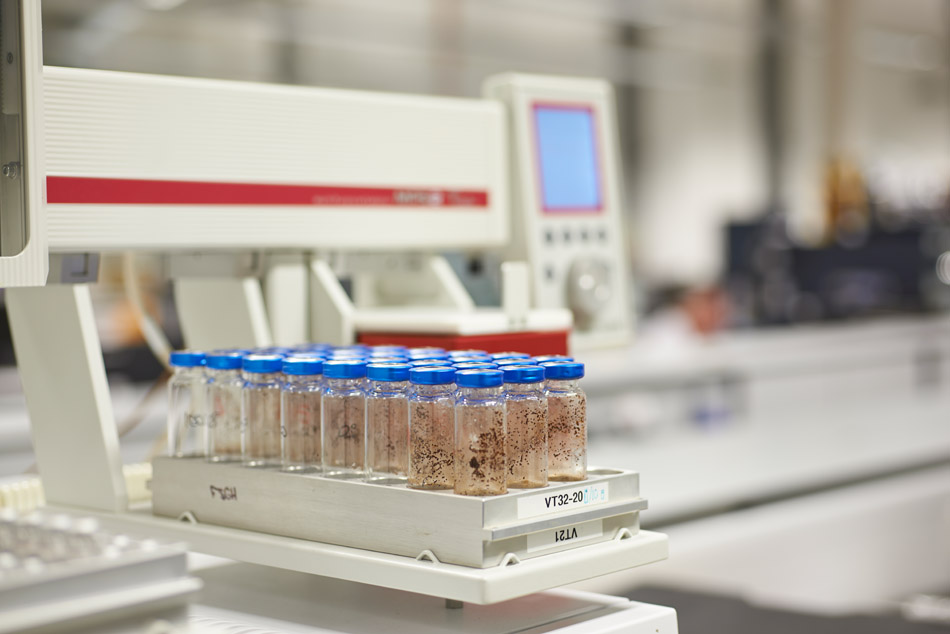Review of allergen analytical testing methodologies, funded by the Food Standards Agency
Food allergy affects between 1-2% of the UK population, with some allergens responsible for hospital admissions with anaphylaxis. The Food Information Regulation (FIR) states that accurate and understandable allergen information needs to be supplied to consumers for the 14 priority food allergens. Food businesses have a legal responsibility to provide food that is safe, which means declaring the allergens present as ingredients and accurately warning consumers about their potential unintended presence due to cross-contact.
Funded by the FSA and to support the safety of UK consumers, Fera conducted a review on the current state of the art of allergen testing methodologies and the remaining challenges to allergen testing. This project combined a critical literature review of testing methods with assessments of Fapas® allergen proficiency testing data, consultation with stakeholders from the food industry, and consultation with industry experts regarding multiplex methodologies and the harmonisation of methods in an unbiased review of the current status of testing capabilities for the 14 EU-retained regulated food allergens.
Gaps in testing capabilities were highlighted to inform future direction. A review of allergen proficiency testing data revealed gaps in testing capabilities and variations between the outputs of different test kits when testing for the same allergen.
This review critically compared current testing methods to progress towards a suitable harmonised testing protocol that facilitates allergen risk management, and to mitigate limitations and evidence gaps.


Recent challenges in supply chains are resulting in manufacturers increasingly resorting to spot buying of ingredients when regular (and trusted) suppliers cannot meet demand or are using alternative (undeclared) ingredients. The practice of spot buying can inherently result in a reduced level of audit data and can result in increased risks of food fraud and safety and quality concerns. Additionally, when foods are processed, the proteins can be altered and, in general, it becomes more difficult to detect the allergenic protein or peptides, the sensitivity of the method can be reduced or the method may no longer be fit for purpose. These points highlight the significance of potential gaps in testing capability and are identified in the report. For these reasons it is wise to apply a confirmatory method when testing for food allergens, such as an alternative ELISA test or liquid chromatography mass spectrometry (LC-MS). Due to the high cost of purchase, running and maintaining the equipment and the specialist training required, relatively few laboratories benefit from LC-MS facilities.
If you would like to speak to the team that conducted the review about LC-MS testing methodologies for allergens, allergen analysis of novel foods or to discuss allergen management across your supply chain, please click below.




